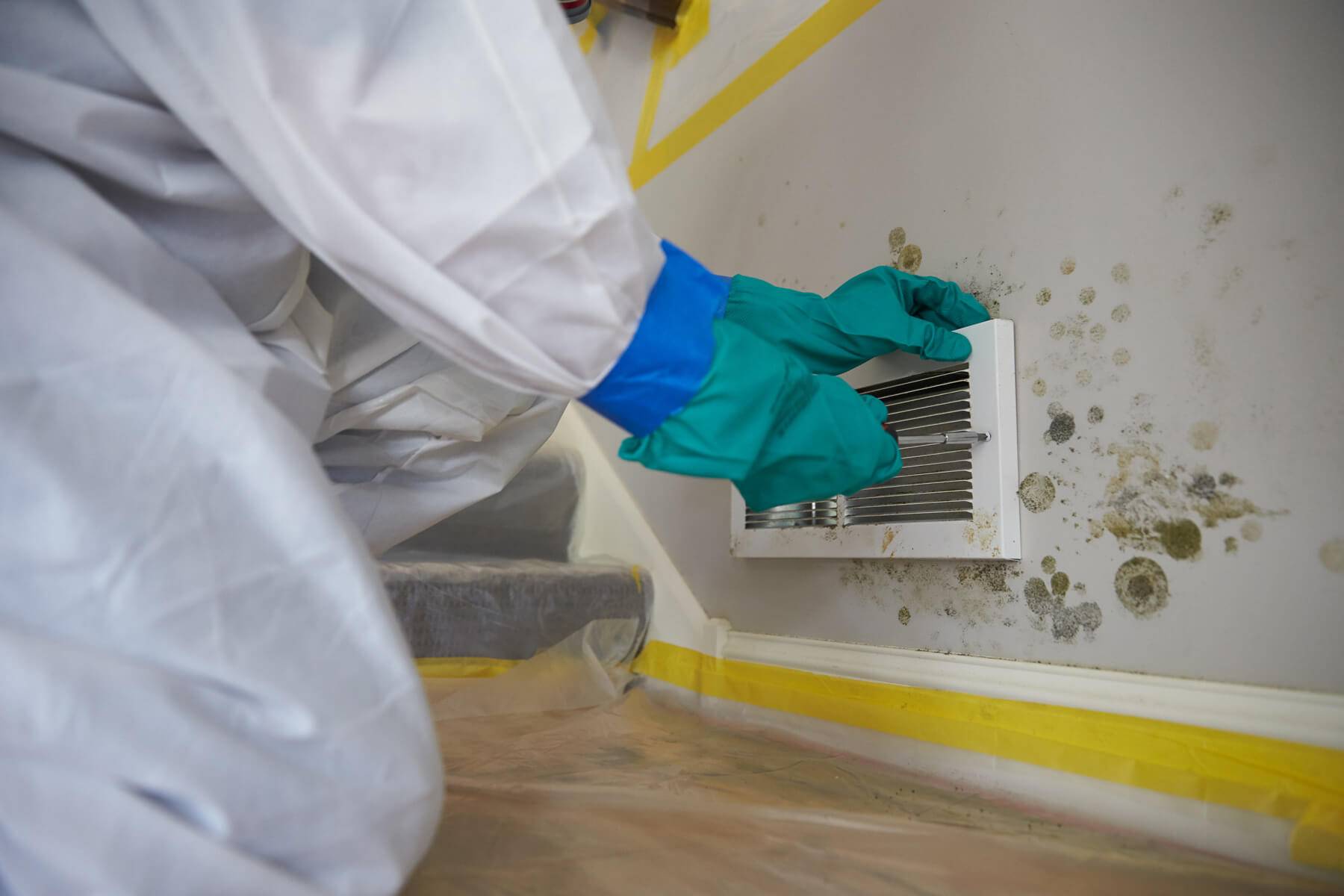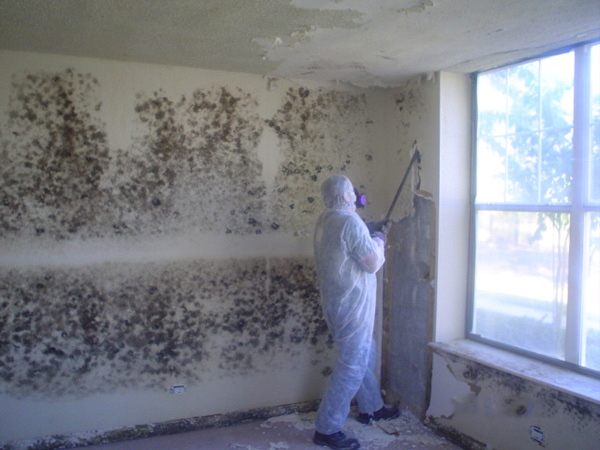Dependable Sewage Backup Cleanup Poultney VT: Let United States Take Care Of the Mess!
Dependable Sewage Backup Cleanup Poultney VT: Let United States Take Care Of the Mess!
Blog Article
The Ultimate Overview to Mold Removal and Remediation Strategies
The insidious nature of mold and mildew development needs an organized strategy that incorporates identification, risk evaluation, prevention, elimination, and remediation. By recognizing the different types of mold, the health dangers they may present, and the most effective strategies for removal, one can make sure a safe and healthy and balanced setting for occupants.
Determining Mold Types

Furthermore, Penicillium is recognizable by its blue or environment-friendly fuzzy appearance and is frequently discovered on water-damaged products, possibly triggering sinus infections and allergies. Alternaria is a type of mold and mildew that is often black or dark eco-friendly and can activate bronchial asthma signs and symptoms. By being able to compare these various mold and mildew kinds based upon their appearance and linked health and wellness risks, individuals can much better address mold and mildew infestations and execute appropriate removal strategies to guarantee a secure and healthy and balanced environment.
Recognizing Mold Health Threats
Having actually established the distinctive characteristics of numerous mold and mildew kinds and their connected wellness risks, it is necessary to dig right into the particular wellness ramifications postured by exposure to mold. Mold and mildew direct exposure can cause a range of health and wellness concerns, ranging from light inflammations to extreme allergies and breathing troubles. Individuals with allergic reactions or bronchial asthma are particularly prone to the negative results of mold and mildew direct exposure. Symptoms of mold-related health issues might include nasal congestion, coughing, throat irritability, skin breakouts, and eye irritation. Extended direct exposure to mold and mildew spores can aggravate these signs and symptoms and lead to more significant problems in many cases. In addition, particular kinds of mold and mildew, such as black mold and mildew (Stachybotrys chartarum), produce mycotoxins that can create much more severe wellness troubles. These toxic substances can affect the breathing system, worried system, and overall well-being of people. It is vital to deal with mold concerns quickly and efficiently to minimize the health dangers connected with mold and mildew direct exposure.
Stopping Mold And Mildew Growth
To properly avoid mold growth in indoor atmospheres, implementing proactive steps is necessary. official website The trick to avoid mold is dampness control. Guarantee that any leakages in plumbing, roofing systems, or windows are quickly repaired to avoid water from permeating right into wall surfaces, ceilings, or floors. Correct air flow is also vital in lowering humidity degrees, especially in locations susceptible to dampness like shower rooms, kitchens, and basements. Usage exhaust followers, dehumidifiers, and ac unit to manage interior useful site humidity levels below 60%. Consistently check and keep HVAC systems to stop condensation build-up, which can develop an excellent atmosphere for mold growth. Additionally, appropriate insulation can assist prevent moisture condensation on chilly surfaces. Maintain interior spaces tidy and clutter-free as mold thrives in dirty and raw material. Take into consideration utilizing mold-resistant products for building and construction and renovation jobs. By carefully complying with these precautionary steps, you can produce an unwelcoming atmosphere for mold development and safeguard your interior areas from possible mold infestations.
Efficient Mold Elimination Approaches
Mold and mildew removal methods vary relying on the level of the invasion and the sort of mold and mildew present. For little, isolated areas, rubbing with cleaning agent and water, complied with by thorough drying out, can typically suffice. Nevertheless, for bigger problems or more dangerous molds like black mold, expert remediation might be needed.
One effective technique is HEPA (High-Efficiency Particulate Air) vacuuming, which can assist remove mold and mildew spores from surface areas and the air. Encapsulation is one more method where a special sealant is applied to surfaces after mold elimination to stop regrowth.
In cases where permeable materials are affected, such as drywall or insulation, removal and replacement may be the best course of action. This aids make sure that all mold is removed, as it can pass through deep right into porous surfaces.
It's vital to address the underlying reason of mold and mildew development, such as taking care of leaks or improving ventilation, to avoid future infestations (flood damage cleanup rutland vt). Regular evaluations and timely removal are vital to keeping a healthy interior environment

Ensuring Proper Remediation
For optimum outcomes in mold and mildew removal, meticulous attention to information and adherence to sector criteria are crucial. Correct remediation begins with a thorough evaluation to recognize the level of mold and mildew development, wetness resources, and affected areas. Making use of suitable individual protective tools (PPE) Click Here and containment steps is important to prevent cross-contamination and ensure the security of both residents and removal workers. Removal techniques need to be tailored to the specific kind of mold and mildew present and the surface areas impacted. Complete cleaning and elimination of mold-infested materials, such as drywall or insulation, might be needed to eliminate the resource of contamination completely. Adhering to removal, cleansing, and sanitation of remaining surface areas with approved fungicides helps protect against mold regrowth. It is crucial to deal with any kind of underlying wetness problems to stop future mold problems. Confirmation of successful remediation with post-remediation assessment and screening is essential to verify that mold levels have returned to regular problems. By adhering to these actions meticulously, one can efficiently guarantee appropriate mold removal and develop a much healthier interior environment.
Conclusion

Report this page